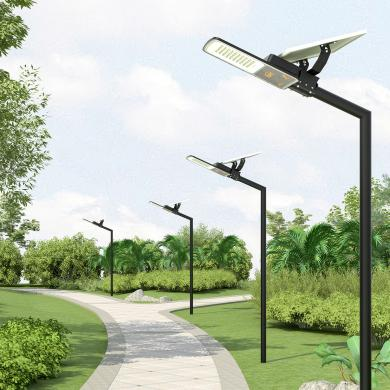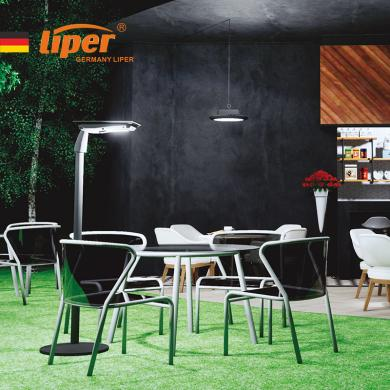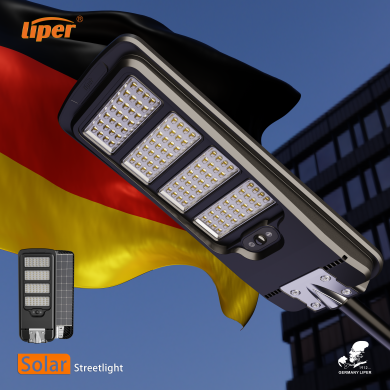Choosing the right solar battery is crucial for optimal performance of your solar light. Whether replacing an existing battery or selecting one for a new light, consider factors like the light’s purpose, solar panel type, battery capacity, and environmental temperature. Understanding these ensures you pick the best battery for reliable, long-lasting illumination. With the right choice, your solar light can provide efficient lighting for years, making it a smart and cost-effective investment.
When searching for the right batteries, you will have many options because there are different popular types of solar light batteries in the market.
Option 1 - Lead-acid battery
The lead-acid battery is a type of rechargeable battery first invented in 1859 by French physicist Gaston Planté. It is the first type of rechargeable battery ever created.
Advantages:
1.They are able to supply high surge currents.
2.Low cost.
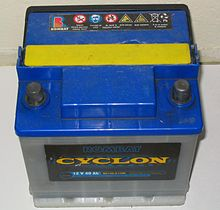
Disadvantages:
1.Low energy density.
2.Short cycle lifespan (usually less than 500 deep cycles) and overall lifespan (due to the double sulfation in the discharged state).
3.Long charging times.
Option 2 - Lithium-ion or Li-ion battery
A lithium-ion or Li-ion battery is a type of rechargeable battery that uses the reversible intercalation of Li+ ions into electronically conducting solids to store energy.
Advantages:
1.Higher specific energy.
2.Higher energy density.
3.Higher energy efficiency.
4.A longer cycle life and a longer calendar life.
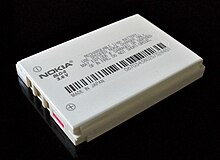
Disadvantages:
1.High cost.
2.they can be a safety hazard and can lead to explosions and fires.
3.Improperly recycled batteries can create toxic waste, especially from toxic metals, and are at risk of fire.
4.They will cause environmental issues.
Option 3 - Lithium iron phosphate battery(LiFePO4 or LFP battery)
The lithium iron phosphate battery (LiFePO4 battery) or LFP battery is a type of lithium-ion battery using lithium iron phosphate (LiFePO4) as the cathode material, and a graphitic carbon electrode with a metallic backing as the anode.
Advantages:
1.High energy density.
2.A high capacity.
3.High cycles.
4.Reliable performance in a wide range of operating temperatures.
5.A lighter weight.
6.More lifespan.
7.A faster charging rate and stores power for longer.
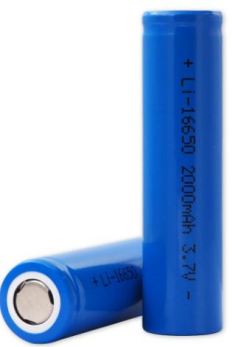
Disadvantages:
1.The specific energy of LFP batteries is lower than that of other common lithium-ion battery types.
2.A lower operating voltage.
In summary, Lithium Iron Phosphate battery(LiFePO4) is a perfect and reliable option for many solar lights, especially for All-in-one solar street light. Therefore, LFP batteries are widely used in Liper solar streetlights.
Post time: Feb-18-2025

